Author: Phil Rusher
From their unique and innovative methods to regional beer styles that have become crowd pleasing staples, one cannot overstate the impact the Germans have had on beer and brewing over the last few hundred years. One such example is Weissbier, which translates to white beer, a reference to the opaque haze this style is known for. Also known as Hefeweizen, Weissbier has gained popularity among even non-craft beer drinking crowds due to its high drinkability and unique fruity flavors.
As tradition goes, in order to produce a true Weissbier, brewers must use no less than 50% malted wheat in the grist, with the remainder usually being Pilsner malt. In addition to contributing to its hazy appearance, this large charge of wheat provides a deliciously doughy malt backbone to pair with the esters and phenols created by the unique yeast strain used to ferment this style. The 2015 BJCP Style Guidelines describe the beer as:
A pale, refreshing German wheat beer with high carbonation, dry finish, a fluffy mouthfeel, and a distinctive banana-and-clove yeast character.
Weissbier used to be one of my go-to beer styles, in part because others really seem to enjoy it, including my no-longer-pregnant wife. With warmer weather on the way, it was high time for me to get a keg of the original hazy beer on tap, though busy brewing for other projects, I went about making this batch using less conventional methods.
| BREWING THE BEER |
As much as I wanted to make my Weissbier loving wife happy, the real impetus for this beer was a bit more pragmatic– I was making a Wheatwine (article coming soon) and thought it’d be cool to use the second runnings for something else.
Short & Shoddy Weissbier
Recipe Details
| Batch Size | Boil Time | IBU | SRM | Est. OG | Est. FG | ABV |
|---|---|---|---|---|---|---|
| 5.5 gal | 60 min | 11.8 IBUs | 5.3 SRM | 1.048 | 1.011 | 4.8 % |
| Actuals | 1.048 | 1.011 | 4.9 % | |||
Fermentables
| Name | Amount | % |
|---|---|---|
| Shaniko Wheat Malt (Mecca Grade) | 3.75 lbs | 37.5 |
| Wickiup Wheat Malt (Mecca Grade) | 3.25 lbs | 32.5 |
| Lamonta American-style Pale Malt (Mecca Grade) | 1.75 lbs | 17.5 |
| Rimrock Vienna-style Rye Malt (Mecca Grade) | 1.25 lbs | 12.5 |
Hops
| Name | Amount | Time | Use | Form | Alpha % |
|---|---|---|---|---|---|
| Hallertau Magnum | 13 g | 30 min | Boil | Pellet | 13.2 |
Yeast
| Name | Lab | Attenuation | Temperature |
|---|---|---|---|
| Stefon (G01) | Imperial Yeast | 75% | 63°F - 73°F |
Notes
| Water Profile: RO Water with a dash of brewing minerals NOTE: Seeing as this Weissbier was made from the second runnings of a Wheatwine, the malt bill was scaled to best approximate a standard batch. |
Download
| Download this recipe's BeerXML file |
This brew day started off with me making wort for a batch of Wheatwine. During that initial full volume mash rest, I collected the water to use for the partigyle and haphazardly added some minerals while it heated up in my Grainfather.
After collecting the first batch of sweet wort, I added heated Weissbier water to the wet grains in my keggle MLT, gave it a good stir, then checked the temperature to find it was a bit lower than expected. Meh.
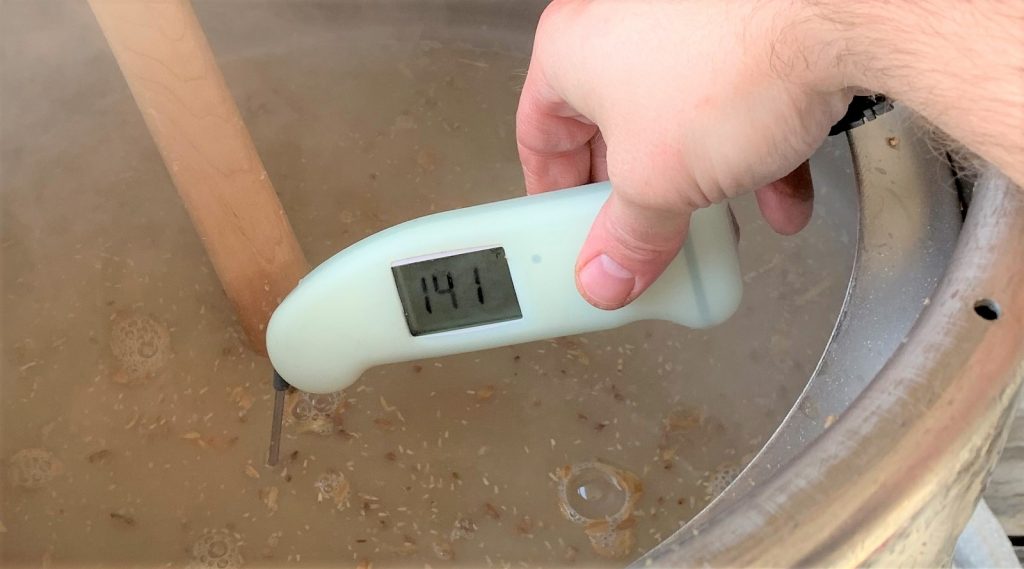
I left the mash alone for a bit while I took care of a few things.
After about 25 minutes, I collected the second runnings in my brew kettle.
As the wort was heating up, I measured out and added the single first wort hop addition.
The wort was boiled for 20 minutes, after which I cooled it with my shoddy homemade immersion chiller.
A refractometer reading showed the OG was slightly lower than I would have preferred, but still well within style guidelines.
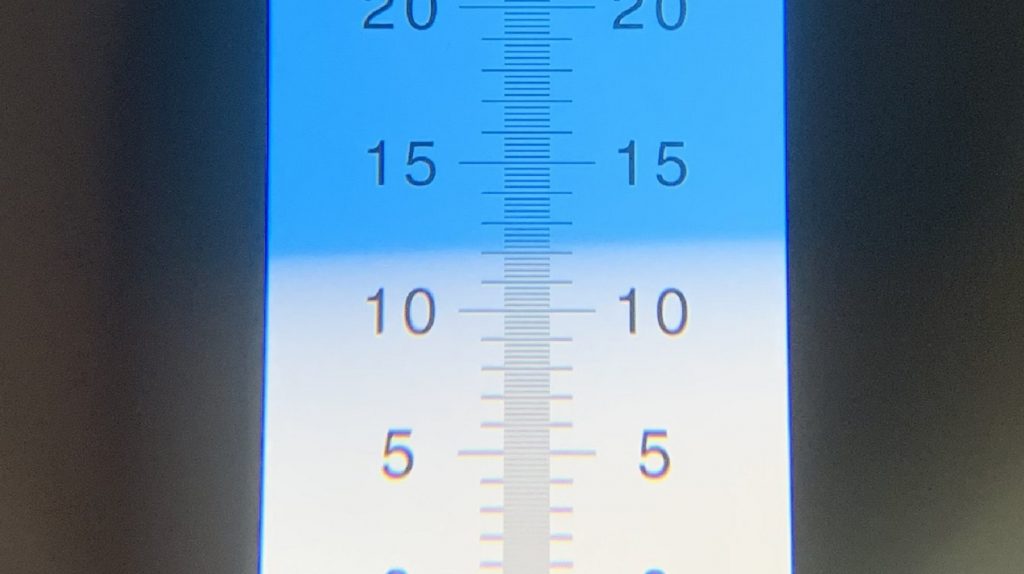
The chilled wort was then transferred to a sanitized Brew Bucket.
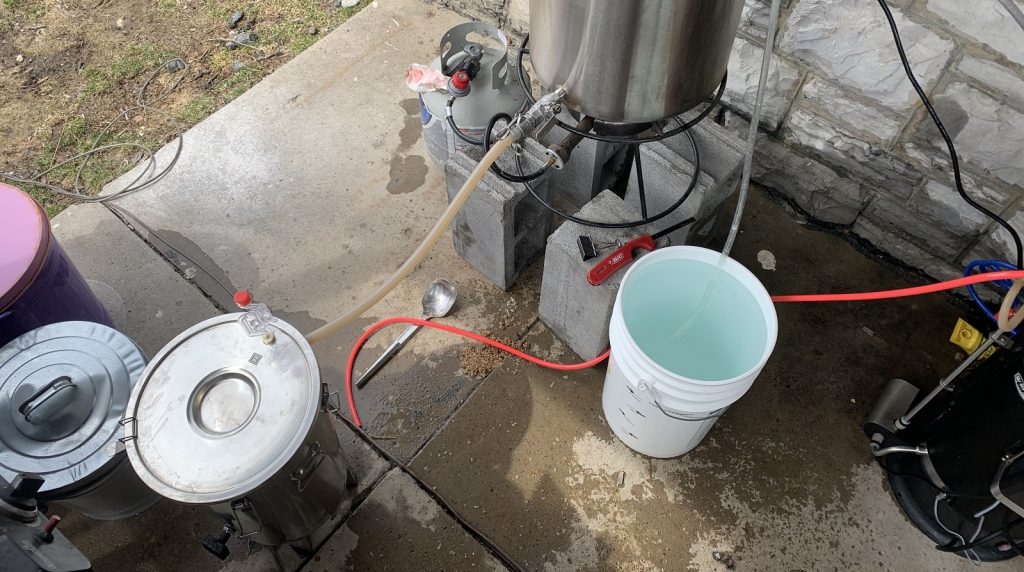
Rather than waiting for the wort to finish chilling to my typical pitching temperature, I opened up a pouch of Imperial Yeast G01 Stefon yeast and pitched it directly into the 73°F/23°C wort.
I let the beer ferment on a workbench in my basement where the ambient temperature fluctuates between 55-65°F/13-18°C. With signs of activity absent after 8 days, I took a hydrometer measurement showing FG had been reached.
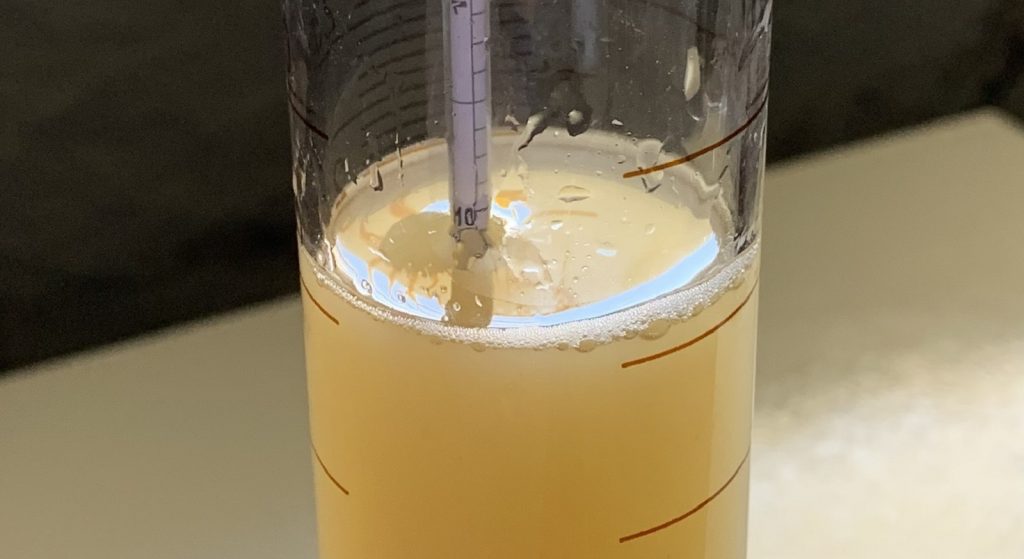
The beer was racked to a sanitized keg then placed in my keezer where it was burst carbonated over 48 hours. After a few more days of conditioning, this shoddily made Weissbier was ready to serve to tasters.
| RESULTS |
A total of 20 people of various levels of experience participated in this Short & Shoddy evaluation. Participants were first asked to identify the style they believed the beer to be based on their perception.
Tasters were then instructed to rate how hoppy, malty, and dry they perceived the beer to be on a 0-5 scale where a rating of 0 indicated “not at all” and 5 indicated “extremely;” these ratings were then averaged.
Tasters were provided a list of common hop, malt, and yeast characteristics then instructed to select from each the one they perceived as being strongest in the beer.
Hop Characteristics
Malt Characteristics
Yeast Characteristics
Next, participants were asked to indicate whether or not they detected any off-flavors in the beer; those who did were provided a list of common off-flavors and instructed to select the one they perceived as being strongest. A total of 5 tasters reported perceiving off-flavors with 2 identifying sour, 2 perceiving diacetyl, and 1 person noting acetaldehyde.
Tasters were then asked to rate how much they enjoyed the beer on a 0-5 scale where 0 indicated they hated it and 5 indicated they loved it.
Finally, the beer style was revealed to participants and they were asked to rate how representative it was on a 0-5 scale where 0 meant “not at all” and 5 meant “exactly.”
My Impressions: I initially perceived this beer as having a lot of sulfur to it, both in the aroma and flavor. However, this eventually dissipated, giving rise to the clove-like characteristics common in German Weissbier. I didn’t detect nearly as much banana as expected, which I thought was curious considering fermentation started on the warmer end of the scale. Otherwise, the beer was unsurprisingly wheat-y with a cereal-like malt character that played well with the low bitterness and yeast character.
| CONCLUSION |
Though it’s been quite a while since I’ve regularly sought out or made one, Weissbier, or as I call it, Hefeweizen, used to be one of my most preferred styles. Known most for its perceptible levels of spicy phenols and fruity esters, Weissbier is a moderate ABV beer with a doughy malt character and soft mouthfeel, making it an ideal warm weather crowd-pleaser as well as a tasty introduction to the uninitiated.
It’d been about 3 years since I made a Weissbier, so I was glad to revisit the style after such a hiatus and was curious how one made short & shoddy style would turn out. Based on the evaluations tasters who were unaware of the brewing methods and beer style, I’d say this one turned out fairly well. A couple tasters did note some off-flavors, but none I would say are specifically associated with the unconventional methods used. The feature character in the beer was phenolics from the yeast used to ferment it with supporting cracker/bread crust malt flavor and subtle hop notes.
A cursory glance at the preference ratings might lead one to insinuate the beer wasn’t a good example of the style. However, I’m not convinced that’s necessarily the case. Rather, it seems at least equally as likely some participants just aren’t big fans of Weissbier and hence reflected as much in their rating. The data also indicates tasters felt the beer may not have been a perfect representation of the style, which I reckon may be due to the subtlety of the banana character many have come to expect in the style. Perceptibly, it really did seem the beer was weighted more toward spicy 4-vinyl-guaiacol than fruity isoamyl acetate, which I thought curious given the warm pitching temperature.
All in all, I was quite pleased with the way this Weissbier turned out, especially considering it was brewed in half the time a normal batch typically takes me. I’ve made a few Short & Shoddy batches at this point and my experience with this one adds to my belief that it’s a viable way to make good beer with less effort and time.
If you have thoughts about this Short & Shoddy brew, please feel free to share in the comments section below!
Support Brülosophy In Style!
All designs are available in various colors and sizes on Amazon!
Follow Brülosophy on:
FACEBOOK | TWITTER | INSTAGRAM
If you enjoy this stuff and feel compelled to support Brulosophy.com, please check out the Support page for details on how you can very easily do so. Thanks!


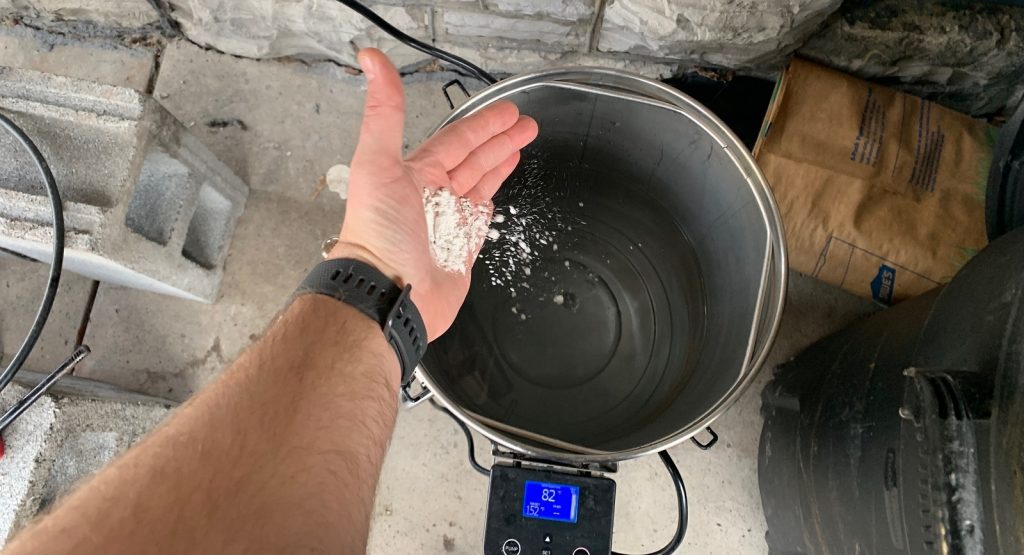
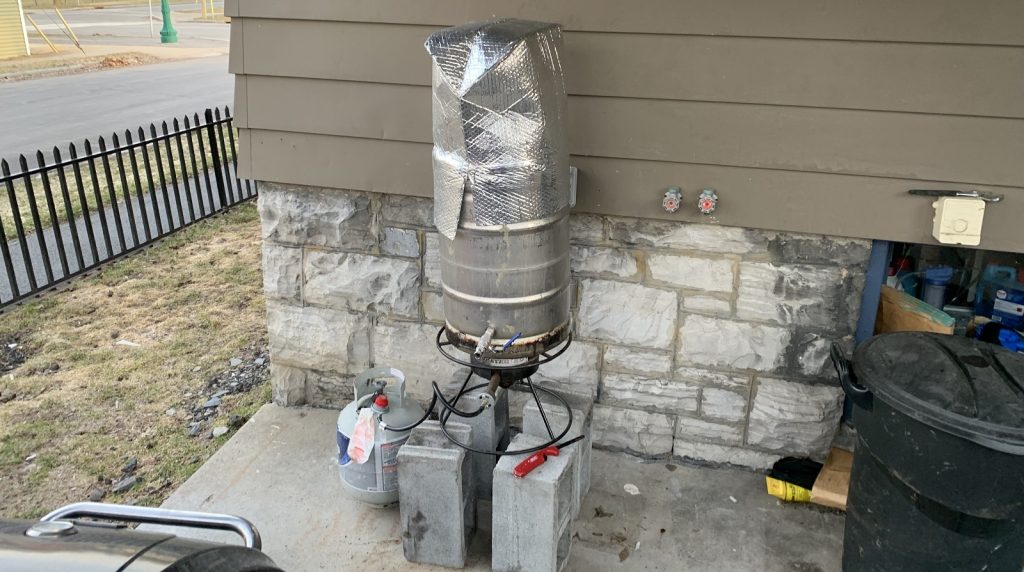
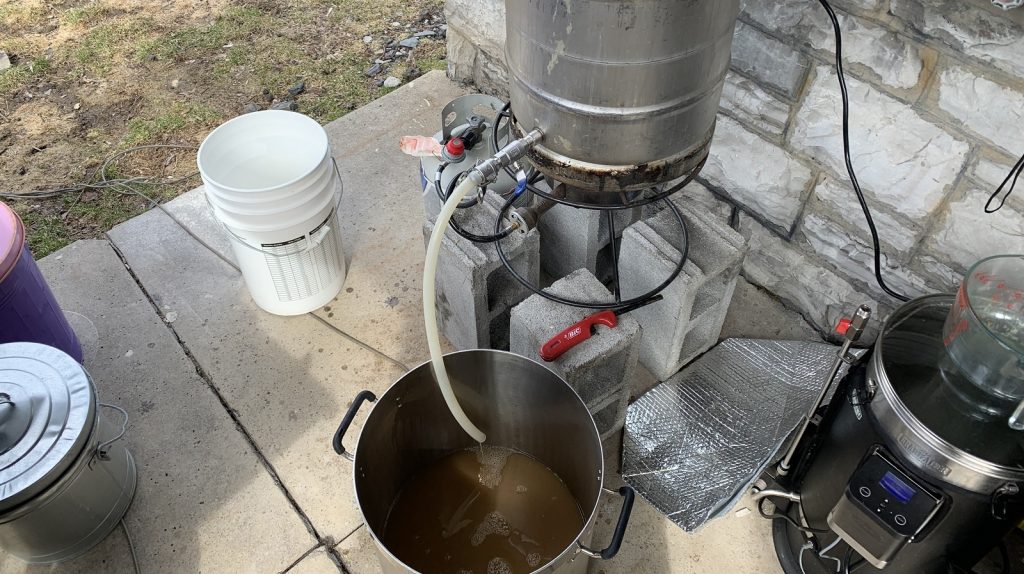
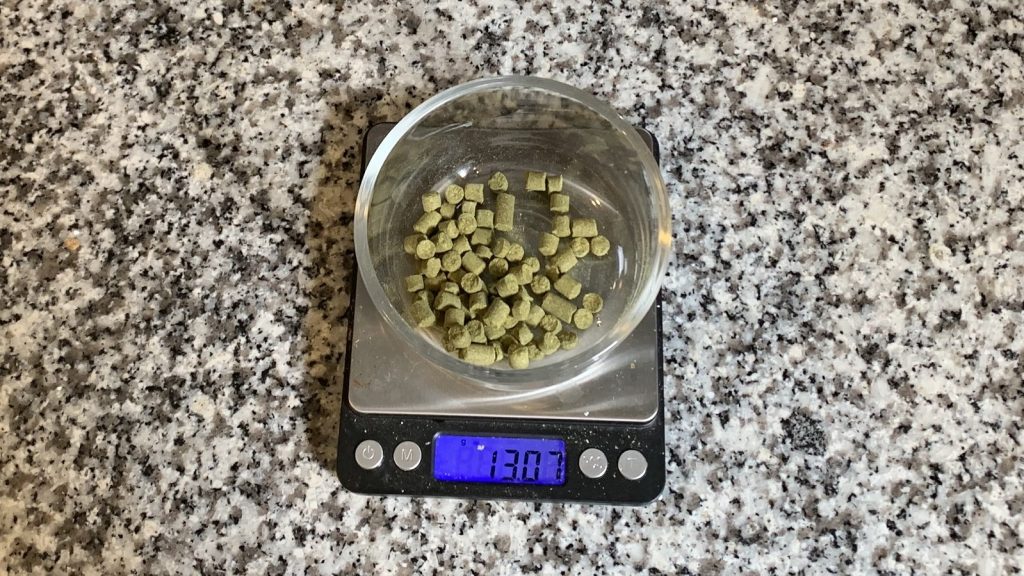
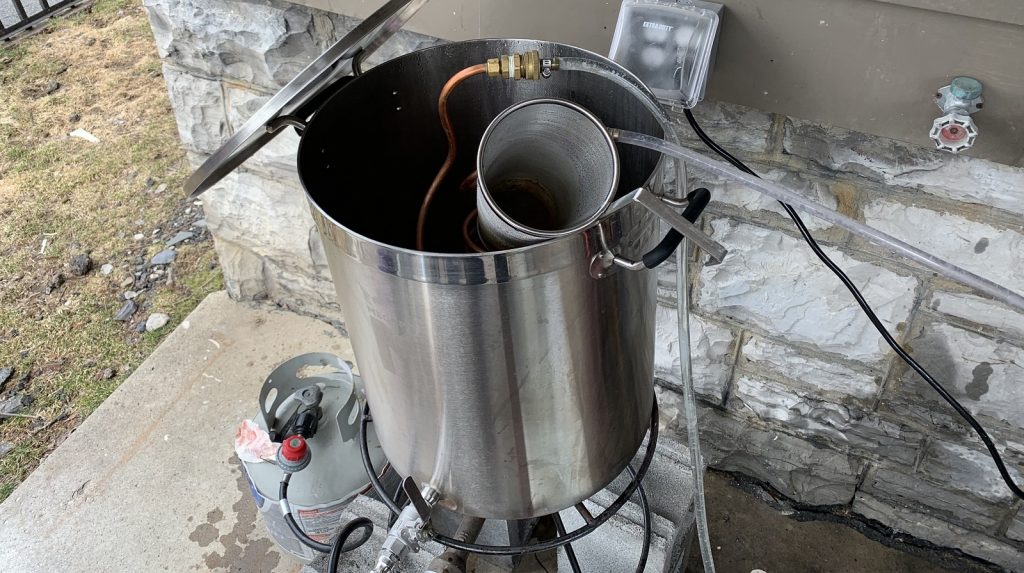
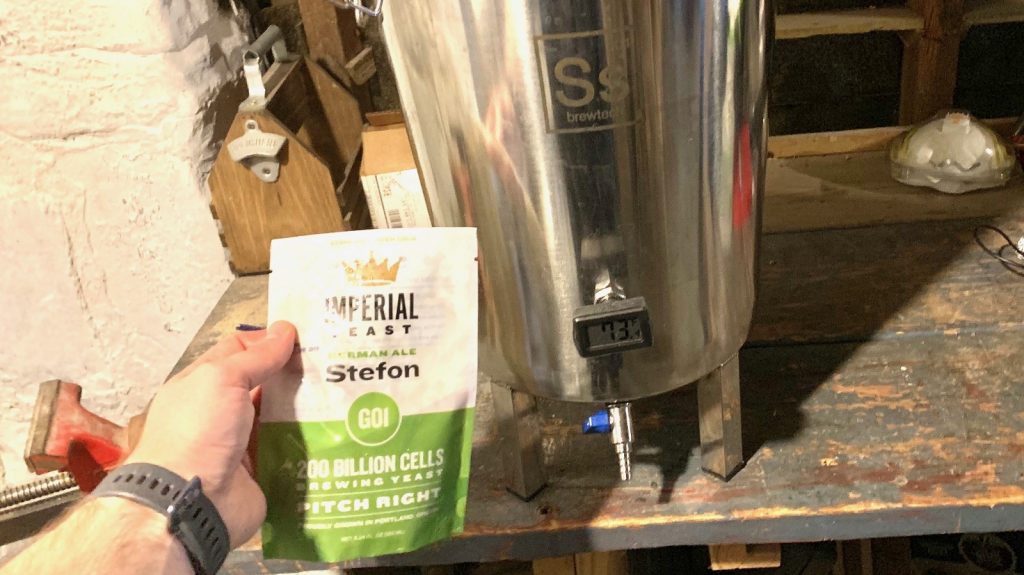
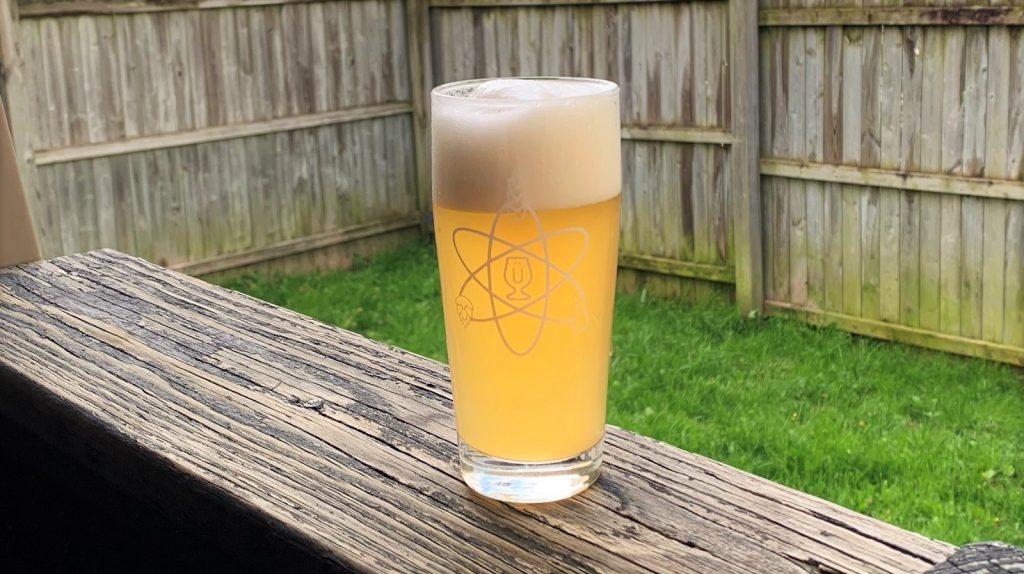
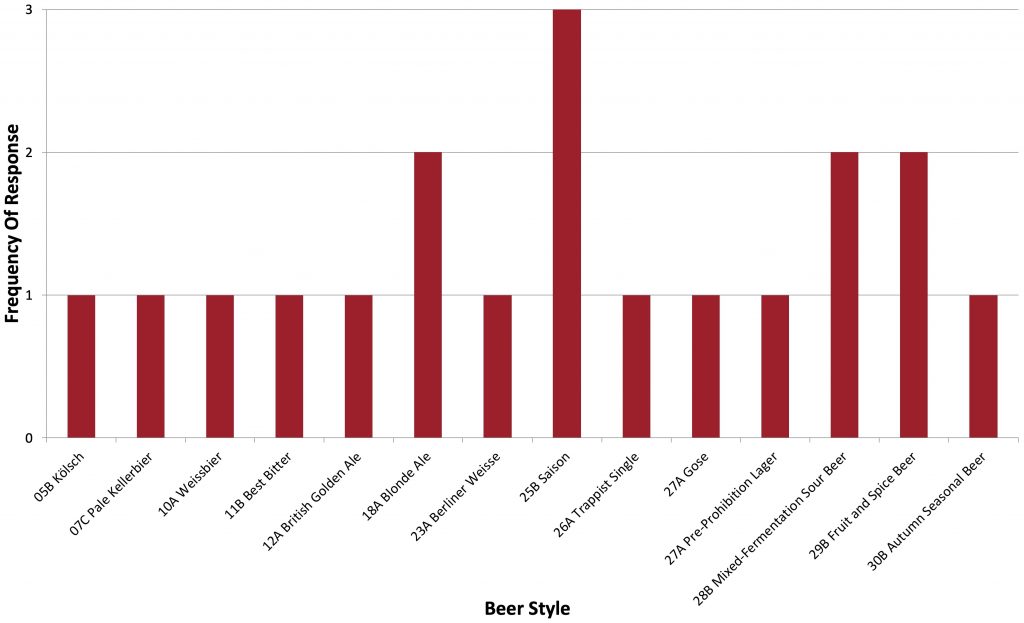
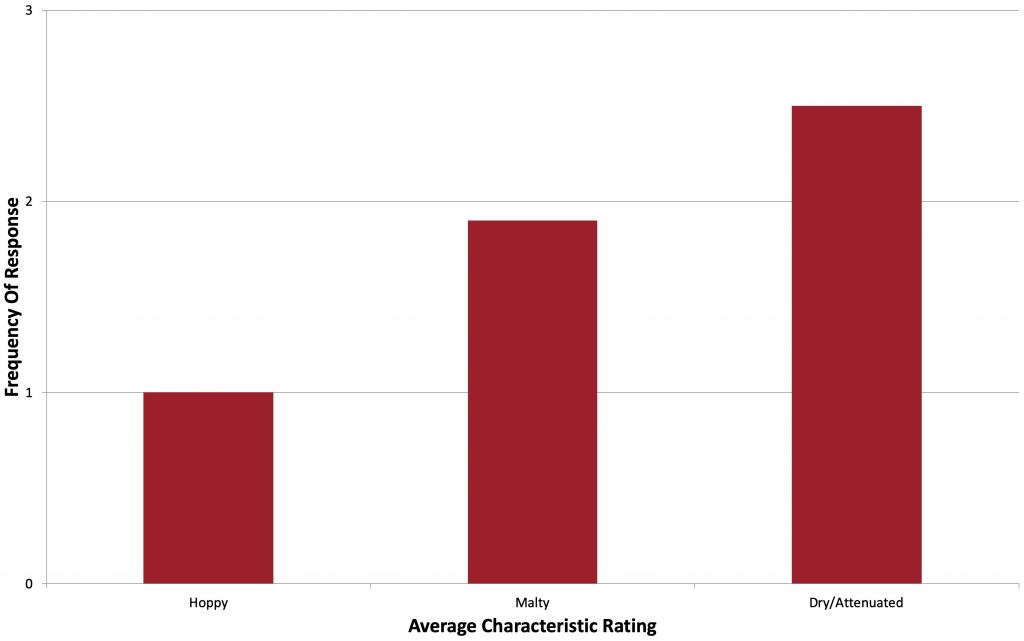
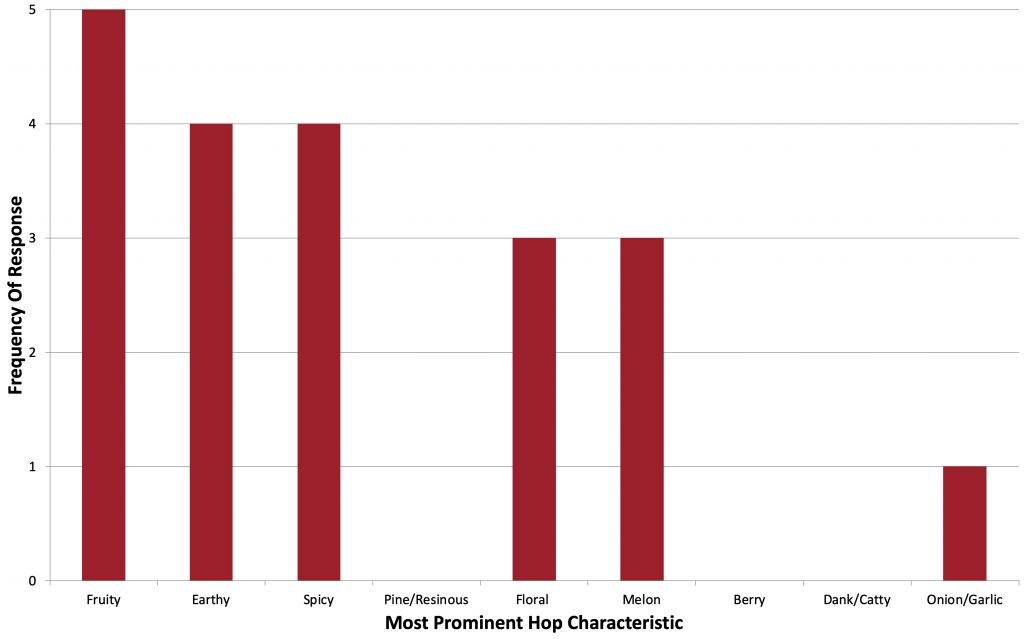
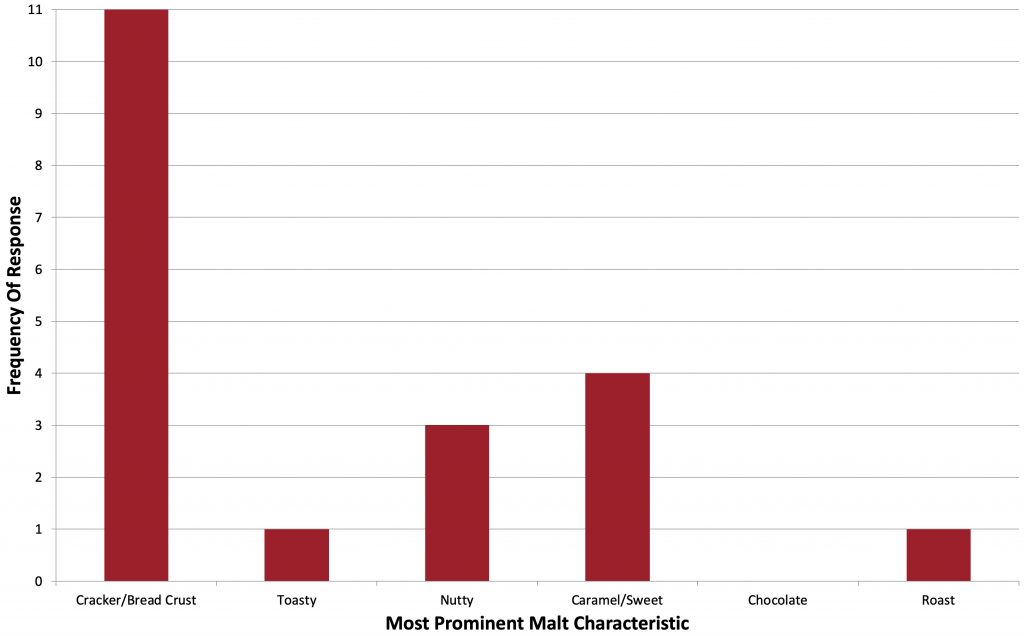
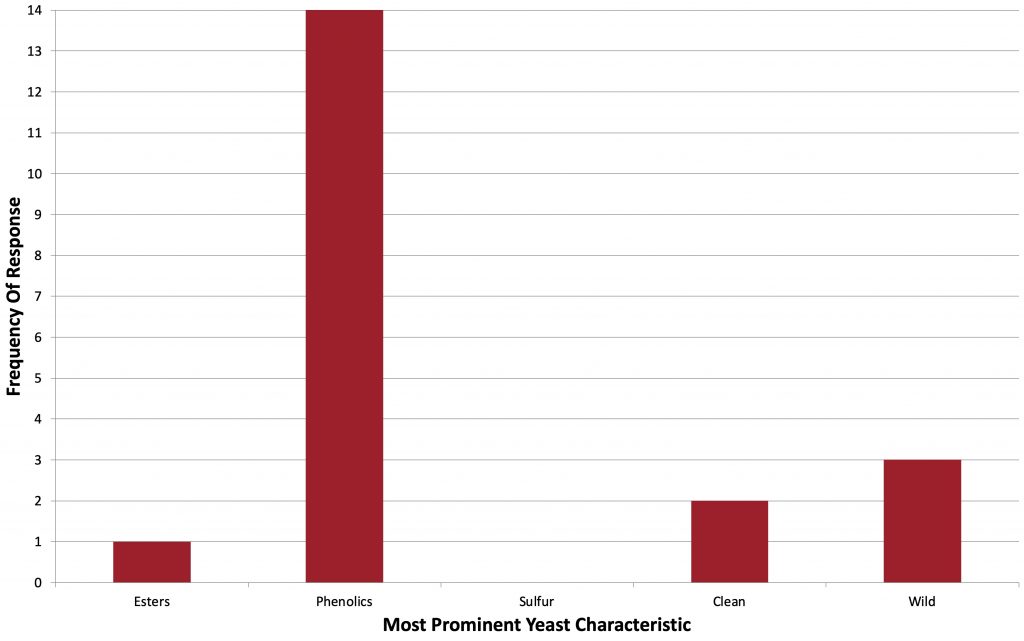
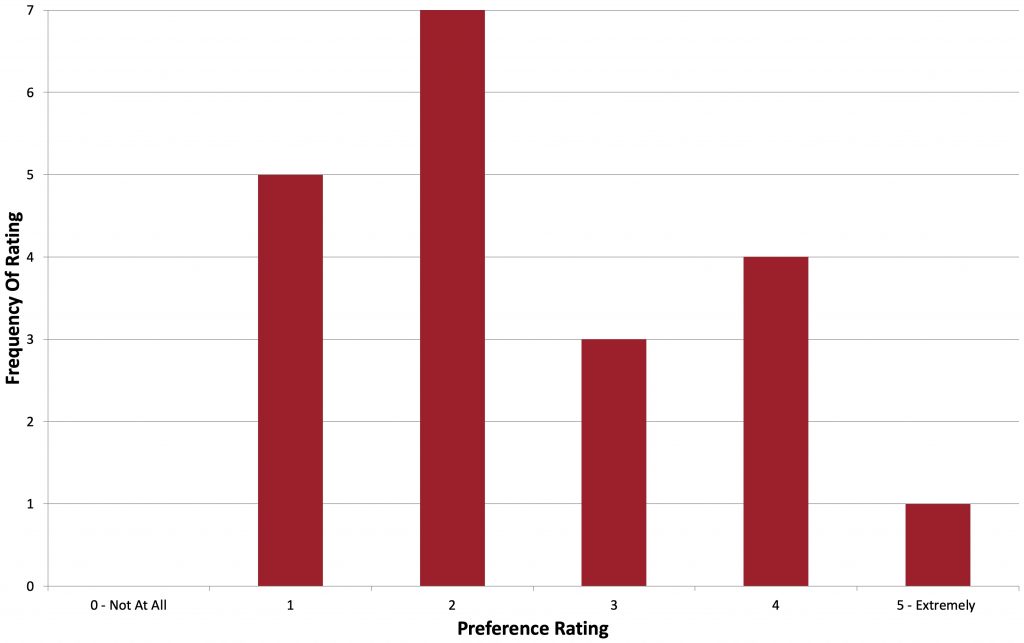
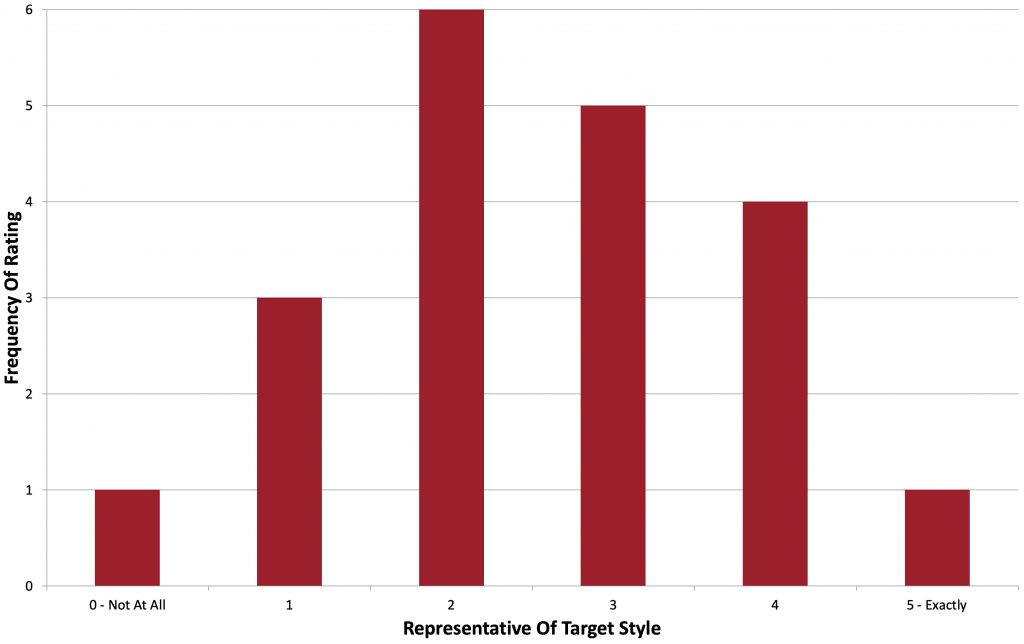










6 thoughts on “Short & Shoddy | Weissbier”
If you want banana in your weizen, you need to underpitch too.
Last fall I brewed a Leffe Blond clone, based upon some information gathered from the local Flemish homebrew forum. The main gist is that Leffe Blond is actually a kristalweizen.
However, I don’t really like banana, but I do like the spiciness of cloves. Looking around other brew forums, it became clear that to have less banana and more cloves, you need to overpitch.
So, I think you didn’t underpitch enough. And maybe a more stable temperature and starting at 18° C.
I overpitched my clone with 50% (I used the complete sachet for 7 litre). The result (after conditioning) is actually a perfect Leffe Blond clone. I tasted a real Leffe Blond fresh from the keg, and it tasted the same as my clone (mine is maybe a little tad hoppier, but not much).
I would never have thought Leffe was essentially kristalweizen. Interesting idea!
Each time I’ve used Stefon in the past I’ve gotten a lot of banana character no matter the pitch rate so that’s what I was expecting to see here. Perhaps this could be inspiration for a future yeast pitch rate xbmt…
Wow, thats interesting! Would you be so kind to tell us the recipe? 🙂
The amount of isoamyl acetate (i.e. Banana flavor) increases with the amount of glucose in the mash.
There is the maltase (aka Herrmann) mashing method, which increases the fraction of glucose in the mash. A part of the mash undergoes saccharification in the 145F range. Then, after the rest of the grain and water were mashed in, an additional rest in the 109F range is performed, leading to a higher fraction of glucose due to maltase activity. Afterwards, a normal step mash is performed. However, you could just add glucose during boiling as well. This results in higher levels of isoamyl acetate in the fermented wort.
I tried this once in a hefeweizen and it resulted in a very intense banana flavor, which was very bubblegum-like at first but became very pleasant with some aging. The yeast I used was Wyeast 3068 at a fermentation temperature of about 68F (without temperature control).
I am surprised by the range of the styles suggested by tasting panel. Even in absence of banana and being unable to evaluate color/clarity, combination of clove and wheat should signal “weissbier”, and the clovey phenols should be quite different from belgian yeast peppery/estery saisons (3 people picked saison, which of course is a broad style), never mind dry finish angle required for saison.
The fact that 4 people picked sour style (gose, berliner and 2 mixed fermented sour) and 2 noted sour off-flavor is puzzling – was there any sanitation issues that caused this?
I hear you on the style thing. But blind tasting is difficult regardless of how well you know the style. Then account for the fact that a lot of the styles people guessed are not all that dissimilar, I’m not terribly surprised by the results.
Sanitation is not an issue. Even though this is a Short and Shoddy article, my sanitation practice is on point (and neurotic).
I do not believe there is a chance for infection in this beer because my sanitation practice is